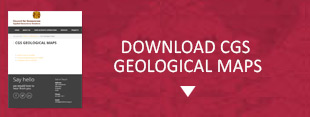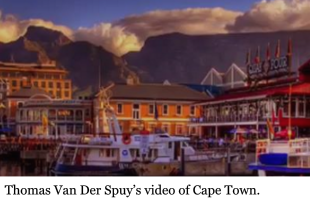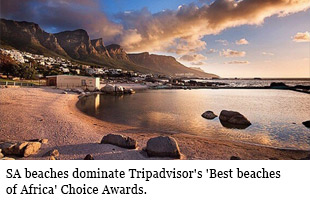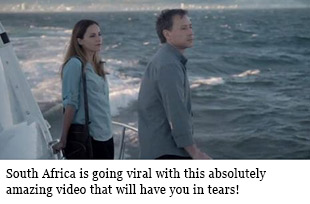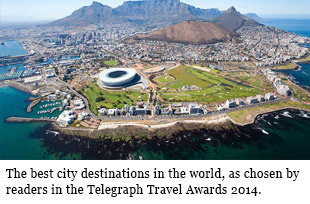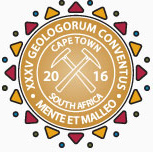
35TH INTERNATIONAL GEOLOGICAL CONGRESS
27 AUGUST - 4 SEPTEMBER 2016 | CAPE TOWN, SOUTH AFRICA
Field trips
Sponsors



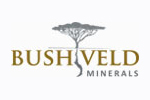


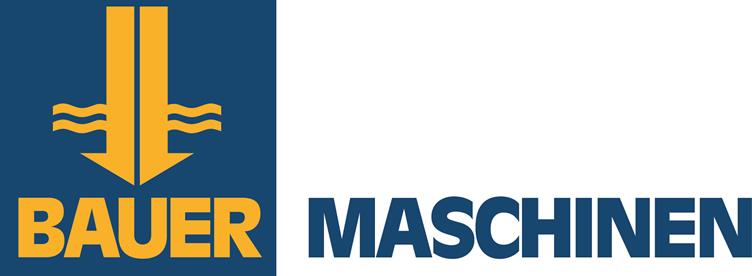










35 IGC SAGPGF





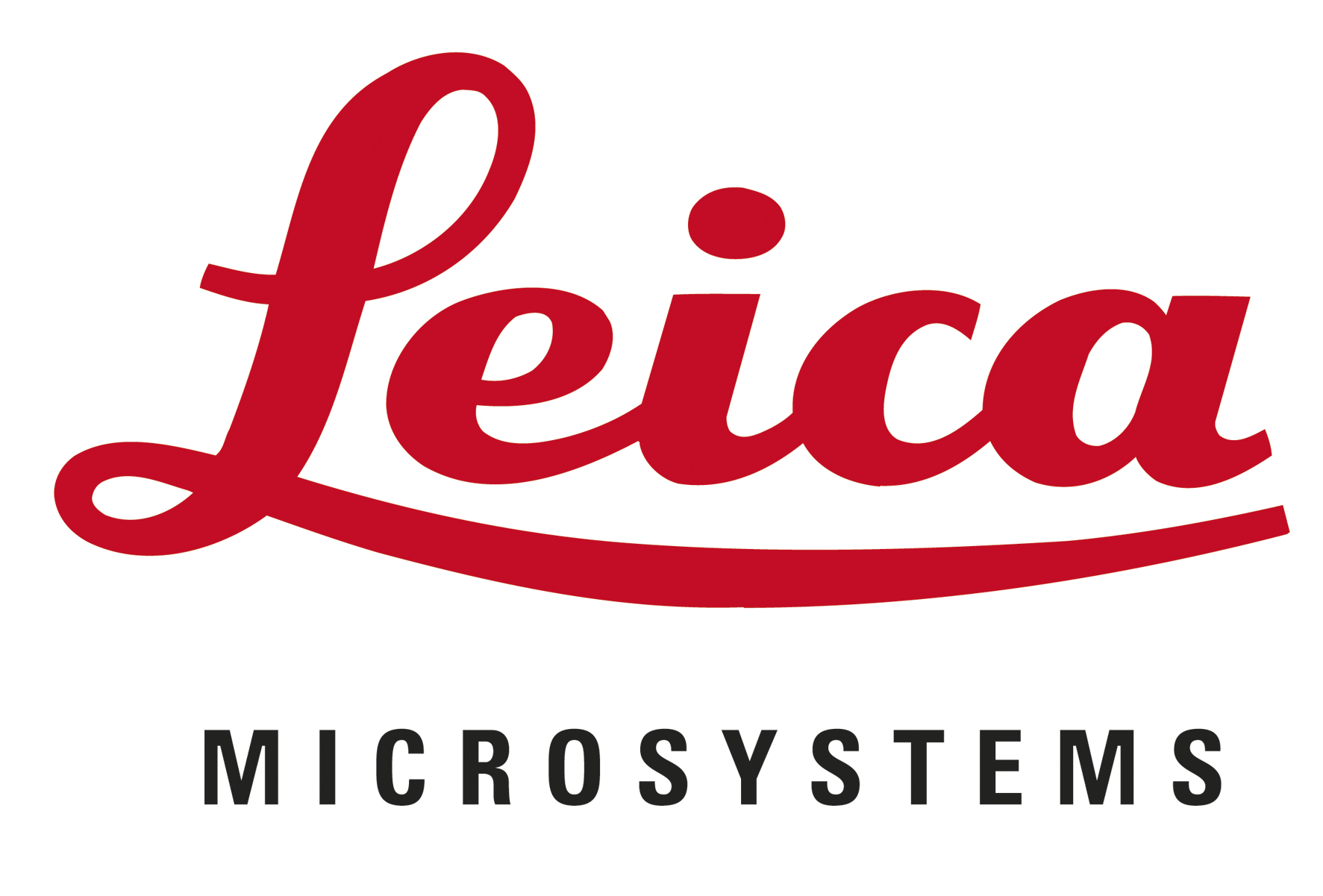

35TH INTERNATIONAL GEOLOGICAL CONGRESS
27 AUGUST - 4 SEPTEMBER 2016 | CAPE TOWN, SOUTH AFRICA
My IGC
Field Trips
The 35th IGC organizing committee would like to express their gratitude for the huge contribution made by the field trip leaders towards making the 45 diverse field trips so enjoyable and memorable for the over 750 delegates that took part in these excursions.
It is a pity that so many of the trips advertised initially had to be cancelled because the delegate numbers did not reach the minimum occupancy required to run the excursions at the advertised price. However, participants were able to undertake 21 one-day trips within South Africa, 17 multi-day excursions across this region, and 6 excursions that visited Namibia, Tanzania, Angola and Zimbabwe.
The field trip leaders contributed 24 superb guidebooks totaling over 1560 pages that will serve as a useful legacy of the field trips. The guidebooks are all high quality, specialized records that fill a gap between the many journal publications referenced and popular media. Due to the many requests received for copies of the guidebooks, the Geological Society of South Africa will make these available as a long term record of the congress. Plans are underway to have copies of the guidebooks printed and/or made available on memory sticks.
The positive feedback about the excursions from many satisfied participants should serve as the big pat on the back to all the field trip leaders deserve for their dedication! We hope that the participants in these memorable trips will continue to derive much pleasure from the scientific debate, friendships made and networking opportunities. Where these have been provided the field trip website has been updated with a short report and photographs submitted by the trip leaders and participants. A selection of photos from some of the field trips has been included below.
Roger Swart and John Ward led the six day field trip in Namibia and treated their participants to an unforgettable desert experience. The 160 km route traversed the Namib Sand Sea World Heritage Site from the base of the Great Escarpment to the Atlantic Ocean. The objective was to introduce the major dune types of the northern Namib Sand Sea, from the reticulate and stellate forms in the east through the dominant linear types in the central area to the mobile crescentic forms in the western coastal belt, and their associated unique biota that has evolved in this hyper- and ultra-psammophilous environment, exploiting wind-borne detritus for food and fog for moisture. This combination of dunes and their highly specialised biota, overlying the earlier Mid Cenozoic desert aeolianites of the Tsondab sandstone Formation palaeo-sand sea, is found nowhere else and underpins the status of most of the 34,000 km2 Namib Sand Sea as a World Heritage Site. Following rudimentary 4x4 tracks and crossing the mobile desert dunes, the trip visited the mysterious “fairy circles”, the Kuiseb Canyon, Gobabeb Research and Training Centre and then crossed the sand sea to the Atlantic shoreline where Conception Bay, Sandwich Harbour, the Kuiseb River delta near Walvis Bay and picturesque Swakopmund were visited. The logistical support of Faces of the Namib and tour operator Natural Destinations contributed to the success of this challenging field trip.
35th IGC Co-President Jeannette McGill led the ‘once-in-a-lifetime experience’ for the small group who tackled the challenging “Africa’s Geological Summits” field trip. The trip started by descending to the deepest point on the African continent, AngloGold Ashanti’s Mponeng Gold Mine (-4200m) in the heart of the Witwatersrand Basin gold deposit. The group then transferred to Moshi, Tanzania on the edge of the Rift Valley where they ascended to the very highest point of the African continent, Kilimanjaro (5895m), the highest freestanding mountain on earth. Guided by Adventure Dynamics International, the group climbed for 6 days along the Rongai route, summiting on Monday 22 August. By completing this “greater than Everest ascent” the participants became part of a very select group having been to the highest and lowest points on the African continent.
The geological walking tour of Robben Island arranged and led by John Rogers exposed a side of the infamous prison island that few visitors experience. The geological history of the island was demonstrated, including the folded Neoproterozoic Tygerberg Formation basement, intruded by Cretaceous dolerite dykes, and overlain locally by Late Pleistocene raised beach/calcarenite and Holocene gravel beach deposits. The ferry trip and drive or hikes across the island were blessed with a bright day and calm weather, something that cannot be guaranteed on any visit to this island. The clear view of Table Mountain across Table Bay is something the participants will cherish for many years.
This field trip crossed the scenic southern Cape coastal plain, past Africa’s southernmost point and returned through the southern branch of the Cape Fold Mountains. Trip leaders Jean Malan and Jurie Viljoen revealed the geological evolution of the Gondwanian rifted margin and features of the continental break-up margin. The sedimentary geology and tectonic setting of the Cape Supergroup basement, the Mesozoic basins and Cenozoic coastal deposits were the focus of the excursion that traversed several half graben basins preserving syn-rift basin fill deposits equivalent to the shallow marine gas reservoirs exploited offshore. The participants were also treated to game viewing, a stay at a hot spring resort, visit to an ostrich farm and a tractor trip up to the summit of Arangieskop mountain followed by a traditional farm meal.
Fifteen participants on the 5 day, post-conference excursion, Geology of the Barberton Greenstone Belt (Post 7), flew from Cape Town to Nelspruit and were taken to Badplaas. From there the group examined the oldest strata near Kromdraai in the Songimvelo Game Reserve while being led by Prof. Eugene Grosch (Rhodes University). They also examined complex flow and deformation structures deep within plutonic rocks that melted the basal strata of the greenstone belt. Near Tjakastad the group traversed the several kilometer-thick succession of submarine pillow lavas to examine the interaction between the rare komatiite lavas and the sea water. After moving to Barberton, Christoph Heubeck (Jena University, Germany) led the study of geology along the northern margin of the mountain range between Barberton and Sheba Siding. Along the Barberton Geotrail high up in the mountains near the Swazi border, Paul Mason (Utrecht University, Netherlands) explained the significance of banded iron formation rocks and the dense barite crystals of the Fig Tree Group with reference to the composition of the Archean oceans and the atmosphere. The group was impressed by a unit that formed when melt droplets rained down from the atmosphere and covered the Archean seafloor, evidence that a large meteorite had hit the Earth at an unknown but distant location. Intricate sedimentary structures in the Moodies Group revealed previously unknown evidence for dry, desert-like conditions and microbial mats that were apparently widespread along this Archean coastline. The catering support by Astrid Christianson of Barberton Community Tourism was much appreciated by all.
On the 150th anniversary of the discovery of diamonds near Kimberley, this excursion led by Mike de Wit, Gary Dorkin and Dave Morris explored the alluvial deposits of the Lichtenburg–Ventersdorp area, the Lower Vaal River and Middle Orange River systems, and the kimberlite hosting the Big Hole in Kimberley. The sites visited expose the unique secondary diamond deposits preserved on the karstified terrain of the Transvaal Dolomites that are now considered to be residua left by the Carboniferous–Permian de-glacial event that concentrated diamonds eroded from 500 Ma kimberlites. Diamond bearing Cenozoic Vaal River palaeo-channels and terraces, still being mined today, were visited. Alluvial terraces that preserve diamonds eroded from the cluster of Cretaceous kimberlite pipes in Lesotho by the Orange River drainage have been mined for decades.
Exploring the Lower Orange River canyon in the Richtersveld along the Namibia border by canoe should be on the ‘bucket list’ of every geologist. The field trip led by Dave Reid departed Cape Town and drove ~600 km north to Springbok, stopping en route to inspect Pan-African (750 – 500 Ma) metasediments and intrusive granites, Namaquan (1200 – 1000 Ma) metamorphic and igneous rocks and aspects of the historic Okiep copper district. En route to the Orange River the route crossed the major terrane boundary between the Namaqua gneisses and the 2 Ga Orange River orogeny. The river trip left from the Felix Unite Adventures, Provenance river resort and participants paddled some 80 km in 2-person canoes, spending four nights sleeping under the stars. The canoe trip followed the Orange River canyon incised through the desert mountains of the Richtersveld, a combination of a World Heritage Site and Trans-Frontier National Park wilderness region. The geological history of the canyon spans 2 Ga from early Proterozoic island arcs and active continental margins, through three orogenic belts, including the Pan-African Gariep Belt and its foreland basin (Nama Group). The basement terranes exposures also preserve striated pavements created by the Dwyka Formation glacial event. Tertiary gravel terraces exposed along the river are renowned for their alluvial diamond deposits.
This ambitious 11 day field trip was the longest offered by the 35th IGC. Led by Herman van Niekerk, the 2400 km route extended from Johannesburg, through spectacular scenery in the Orange River region to the Atlantic coast and then to Cape Town. Exposures and mines that reveal the structural evolution of the western part of South Africa were visited and the traverse from the Neoarchaen to the Early Mesozoic was mostly covered in geochronological order. At the Khumani Iron Ore Mine near Hotazel the group inspected a Sishen-type iron ore deposit. The spectacular exposures of the Upington region reveal the complex history of collision tectonics associated with accretion of the Kaapvaal-Zimbabwe-Kgalagadi Craton. After traversing the complex Bushmanland terrane with its Cu, Pb, Zn deposits, the group visited the De Beers alluvial and marine diamond operations. The dramatic scenery of the Cape Supergroup mountains and Tankwa Karoo along the Western Cape Atlantic coast hinterland were crossed en route to Cape Town.
The Pre 16 field trip; Geology of the Barberton Greenstone Belt: Processes of the early earth, focused on the geology of the Barberton Mountain Land. The field trip was led by Profs. Don Lowe (Stanford University, USA), Christoph Heubeck (Jena University, Germany), and Gary Byerly (Louisiana State University, USA). Eighteen participants from China, Japan, Italy, Brazil, Belgium, the UK, and the US learned about early life, the growth of continents, ultramafic magmatism, historical and active gold mining and the many unusual factors that shaped the surface conditions of the early Earth.
Day-to-day organization of the trip lay in the capable hands of Astrid Christianson of Barberton Community Tourism who had assembled a fleet of seven vehicles, driven by experienced local, all of them active members of the community and involved either in the tourism industry or in mining / geology. The international guests, all of them newcomers to greenstone belt geology, not only learned about geology from the three field trip leaders but also about local history, botany, wildlife and culture from their drivers. In turn, the locals experienced first-hand what attracts worldwide scientific attention to their region and also improved their own understanding of their home mountain range.
The post congress field trip (Ex SA-Post 6) in south western Angola covered the Humpata Plateau to the Namib Desert, a remote area that is difficult to reach. The trip organisers, led by Isabel Duarte, António Pinho (Universidade de Évora) and Antonio Olímpio Gonçalves (University of Agostinho Neto - UAN, Angola), were able to secure considerable logisitcal support from the Angolan government agencies and other sponsors. From the base in Lubango the group visited the spectacular Tundavala Gap, a 1,000 m high escarpment and the Katchillwa waterfall. The Mesozoic carbonatite complexes of Tchivira and Bonga and the Lubango-Cunene Anorthosite Complex, one of the largest anorthosite bodies in the world, were also visited. The hairpin bends of Leba Pass that descend the spectacular Serra da Chela escarpment provides access to the volcanic basic rocks of the Namibe area, paleontological site in Bentiaba and the northern extension of the Namib Desert and the beautiful bay of Tombwa.
Despite being young and fit, it was evident that the three separate hikes up the steep ~900m high slopes of Platteklip Gorge on Table Mountain, took their toll on trip leader Taufeeq Dhansay. The prominent mountain above Cape Town is part of a World Heritage Site and was voted one of the Seven Wonders of Nature. The mountain is famous for the diverse Cape fynbos flora and the Early Proterozoic Table Mountain Group sedimentary succession that was deformed around 250 Ma during the Cape Orogeny.
Field Trip Reports
|
|
|
|
|
|
|
Processes of the early Earth |
|
Evolution of a rifted margin |
|
Langebaan and Fossil Park |
|
Historical Mining and Environment |
|
Maclears Beacon-Platteklip Gorge cable car |
|
Processes of the early Earth |
|
Cape Town to Victoria Falls |


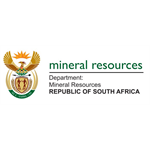












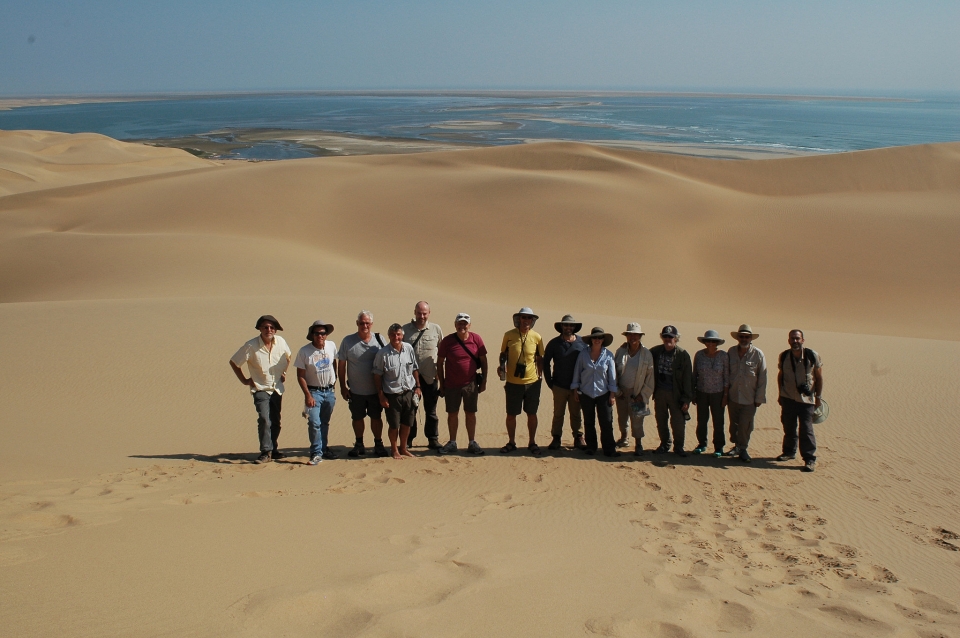
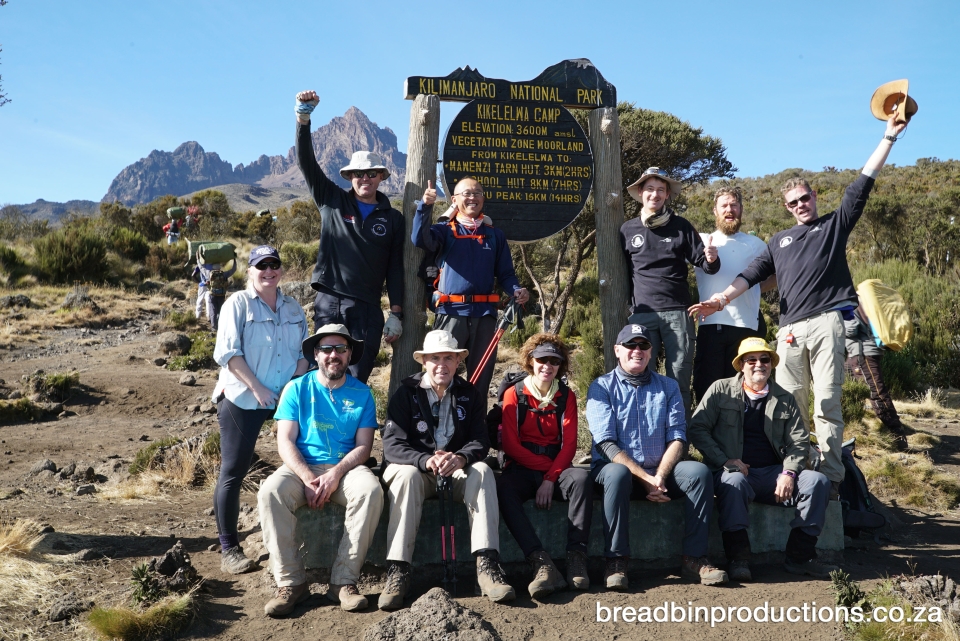

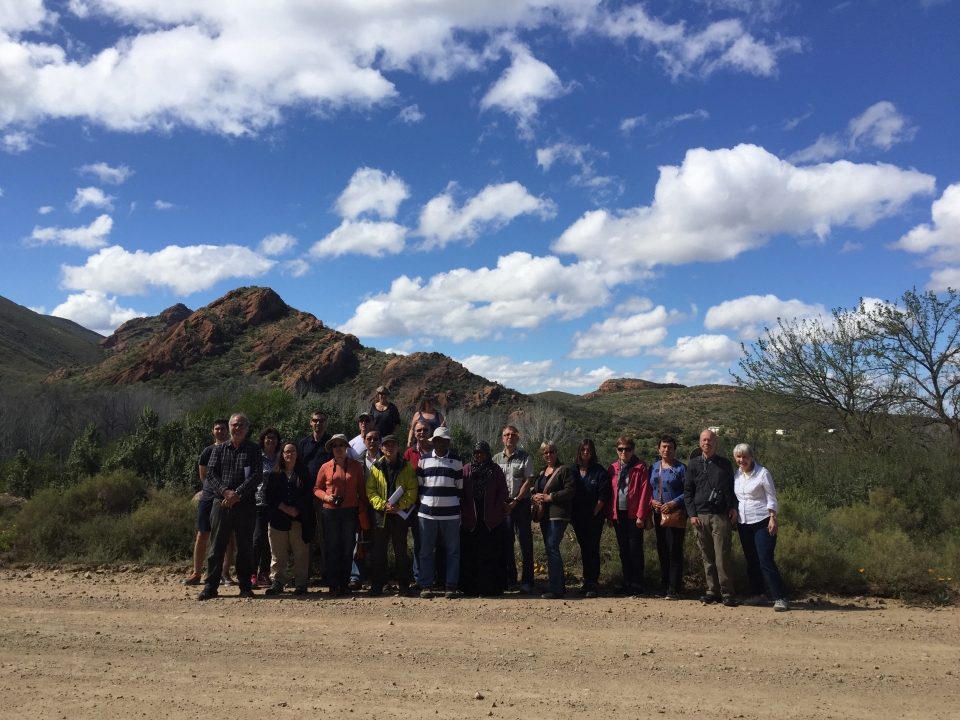
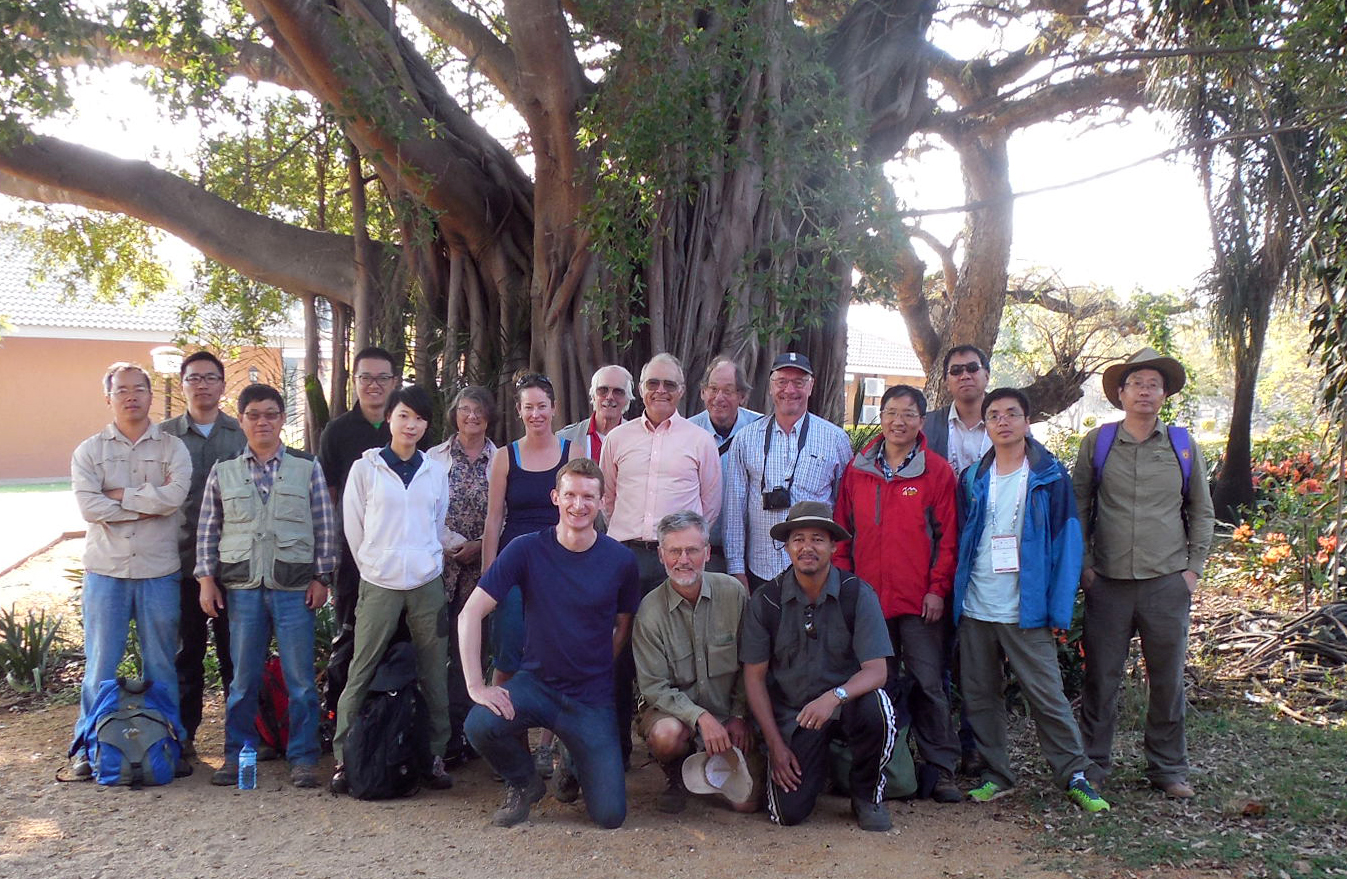
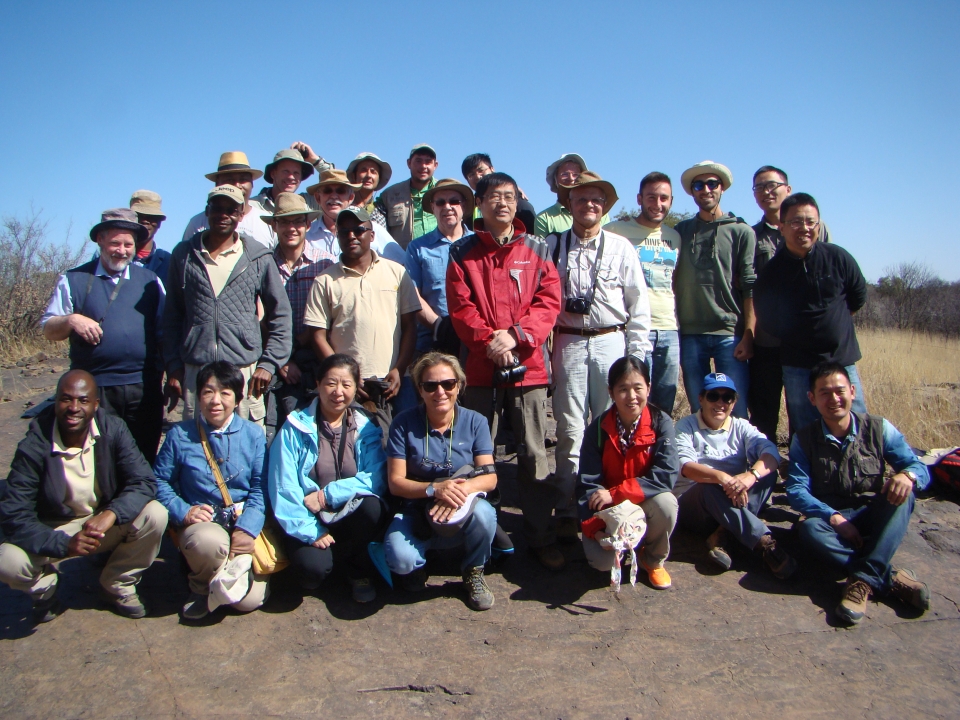
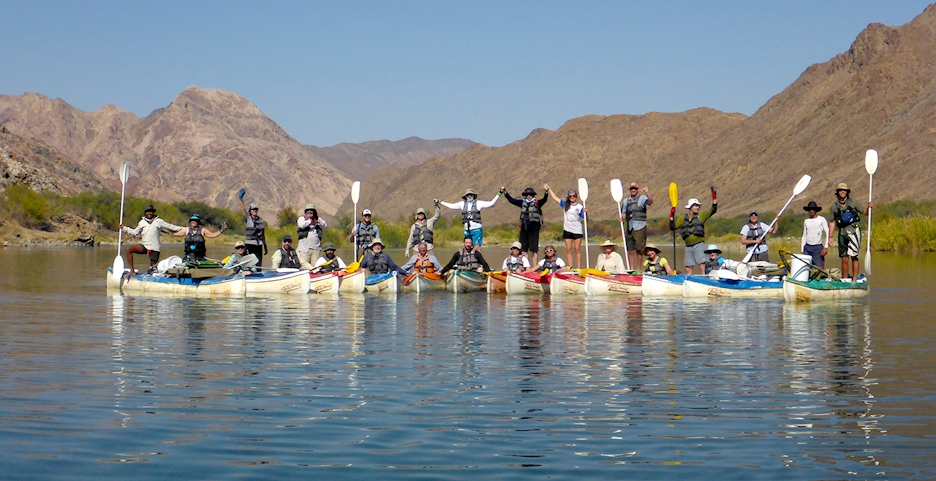
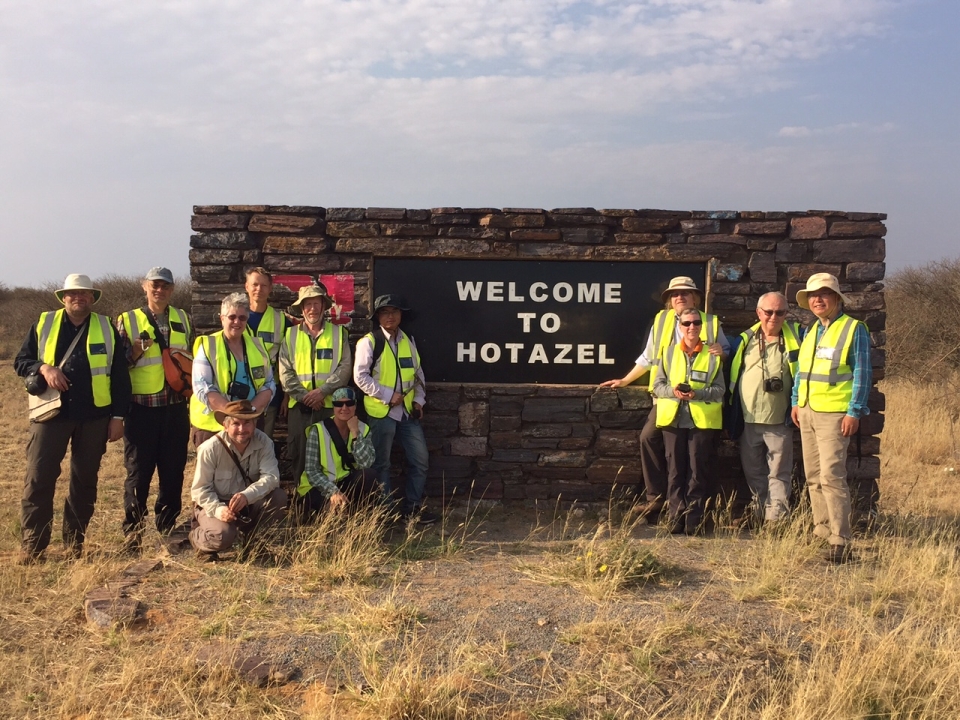
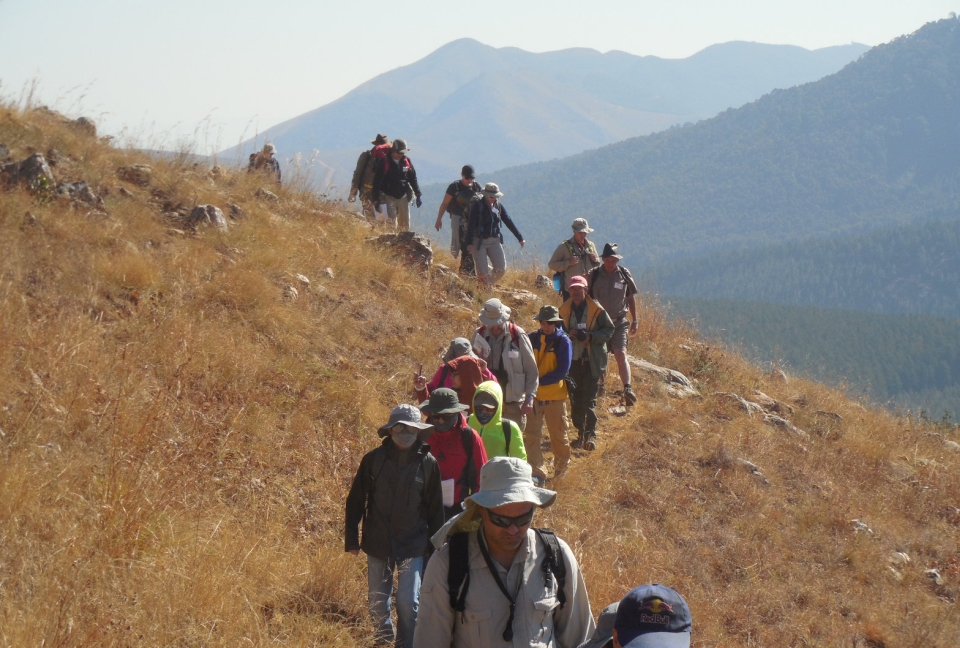
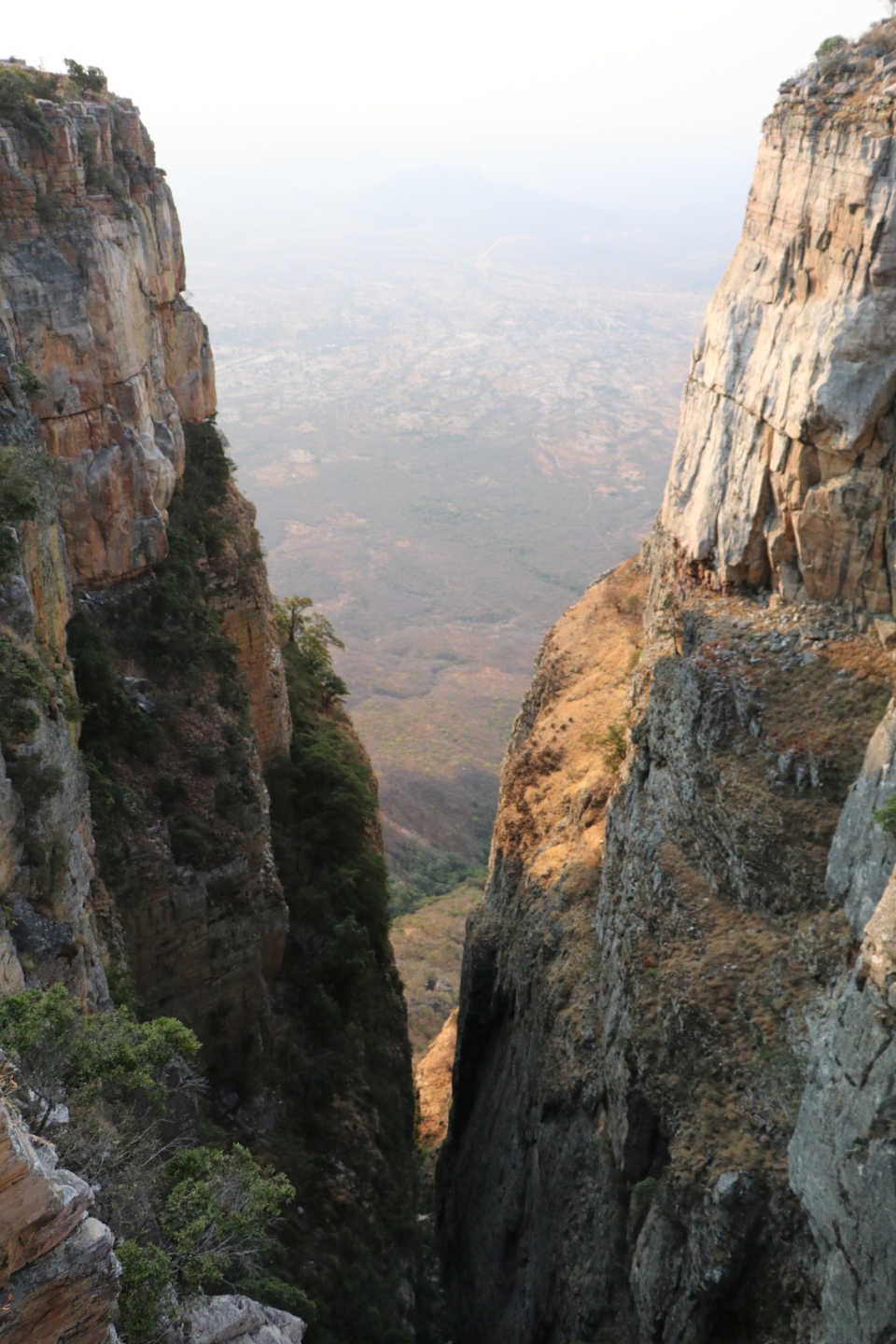
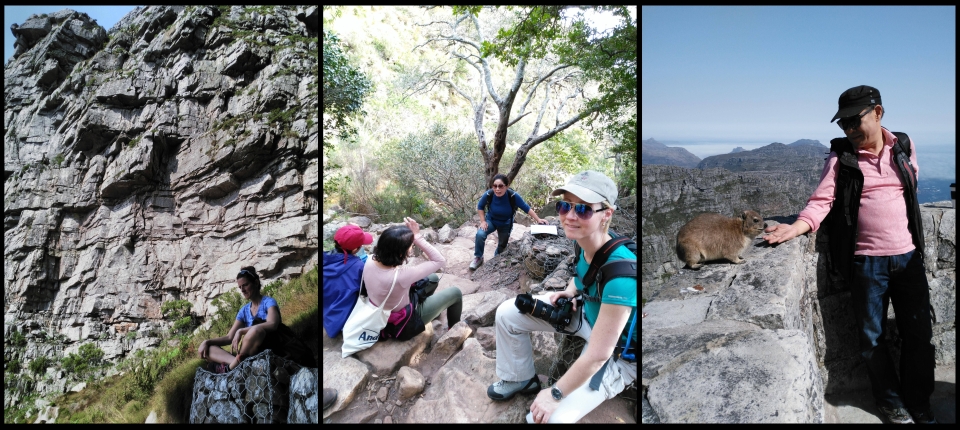
 Conference Programme
Conference Programme  Field trips
Field trips  Sponsorship & expo
Sponsorship & expo  Volunteer
Volunteer  GeoHost
GeoHost  Registration
Registration Tours
Tours  Promotion
Promotion  Publications
Publications


